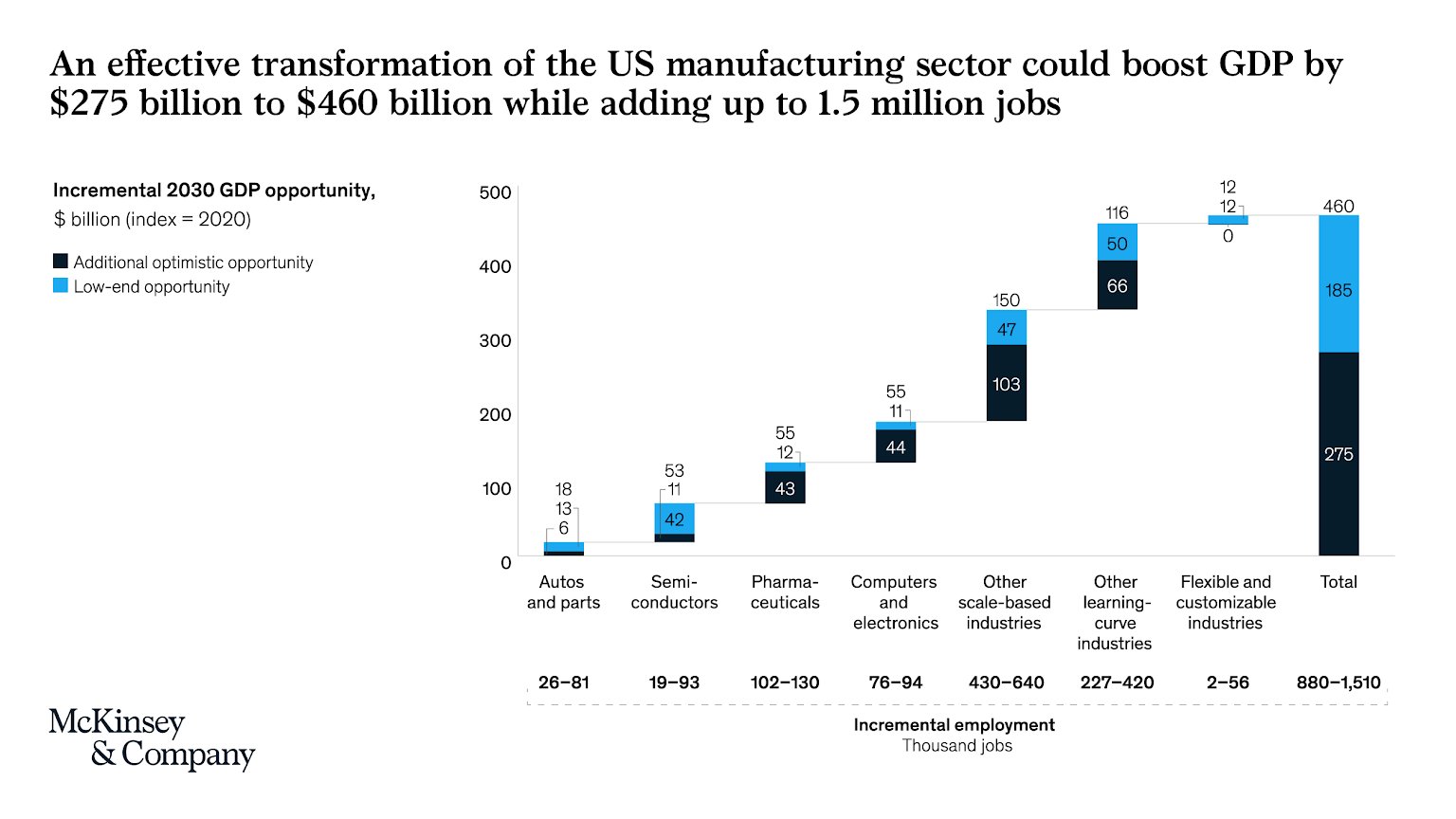
Building Resilience: Manufacturing Strength in the USA
Building Resilience: Manufacturing Strength in the USA
Manufacturing resilience in the United States is a critical component of economic stability and growth. This article explores the key factors contributing to the resilience of the manufacturing sector in the USA, highlighting the strengths, challenges, and ongoing initiatives that shape its trajectory.
Strategic Innovation: Adapting to Changing Landscapes
In the face of evolving technologies and global dynamics, manufacturing resilience in the USA is anchored in strategic innovation. Companies are embracing advanced manufacturing technologies, automation, and data analytics to enhance efficiency and maintain a competitive edge. This strategic innovation not only ensures the sector’s relevance but also positions it as a leader in the fourth industrial revolution.
Supply Chain Resilience: Lessons Learned from Disruptions
Recent global disruptions have underscored the importance of supply chain resilience in manufacturing. The USA is actively reevaluating and fortifying its supply chains to mitigate risks associated with disruptions. Initiatives focus on diversifying suppliers, adopting digital supply chain technologies, and ensuring flexibility to adapt swiftly to unforeseen challenges.
Skilled Workforce Development: Nurturing Talent
A resilient manufacturing sector relies on a skilled and adaptable workforce. Initiatives in the USA prioritize workforce development, emphasizing the importance of technical education, apprenticeships, and upskilling programs. Nurturing talent not only addresses the current skills gap but also ensures a pool of qualified professionals ready to navigate the complexities of modern manufacturing.
Incentives for Innovation: Government Support
Government support plays a crucial role in enhancing manufacturing resilience. In the USA, incentives for innovation, research and development tax credits, and grants encourage manufacturers to invest in new technologies and processes. These incentives foster a collaborative environment between the public and private sectors, driving continuous innovation and resilience.
Sustainable Practices: Balancing Growth and Environmental Stewardship
Manufacturing resilience goes hand in hand with sustainable practices. The USA is increasingly adopting eco-friendly manufacturing processes, energy-efficient technologies, and waste reduction strategies. Balancing growth with environmental stewardship ensures that the manufacturing sector contributes to economic prosperity while minimizing its ecological footprint.
Adaptability to Market Changes: Agility in Action
The ability to adapt to market changes is a hallmark of manufacturing resilience in the USA. Companies are investing in agile manufacturing systems that can quickly respond to shifts in consumer demand, market trends, and global economic conditions. This adaptability not only ensures survival during uncertainties but positions manufacturers to seize emerging opportunities.
Infrastructure Investment: Strengthening the Foundation
A resilient manufacturing sector requires robust infrastructure. In the USA, strategic investments in infrastructure are underway to enhance transportation networks, upgrade energy systems, and improve connectivity. These investments strengthen the foundation for manufacturing operations, reduce logistical challenges, and contribute to the overall competitiveness of the sector.
Collaboration and Partnerships: Building Industry Networks
Manufacturing resilience is further bolstered by collaboration and partnerships within the industry. The USA emphasizes building strong industry networks where manufacturers, suppliers, and technology providers work collaboratively. These partnerships facilitate knowledge exchange, resource sharing, and collective problem-solving, reinforcing the resilience of the entire manufacturing ecosystem.
Global Competitiveness: Positioning for Success
Maintaining global competitiveness is integral to manufacturing resilience in the USA. Strategic trade policies, international partnerships, and initiatives that promote exports contribute to the sector’s success on the global stage. By staying competitive, the USA ensures that its manufacturers can navigate international markets and thrive in a competitive and interconnected world.
Manufacturing Resilience USA at careerth.com
In conclusion, manufacturing resilience in the USA is a dynamic and multifaceted effort that encompasses innovation, supply chain fortification, workforce development, sustainable practices, adaptability, infrastructure investment, collaboration, and global competitiveness. To explore more insights and stay informed about Manufacturing Resilience in the USA, visit careerth.com. As the sector continues to evolve, these resilient strategies will be instrumental in shaping the future of manufacturing in the United States.
